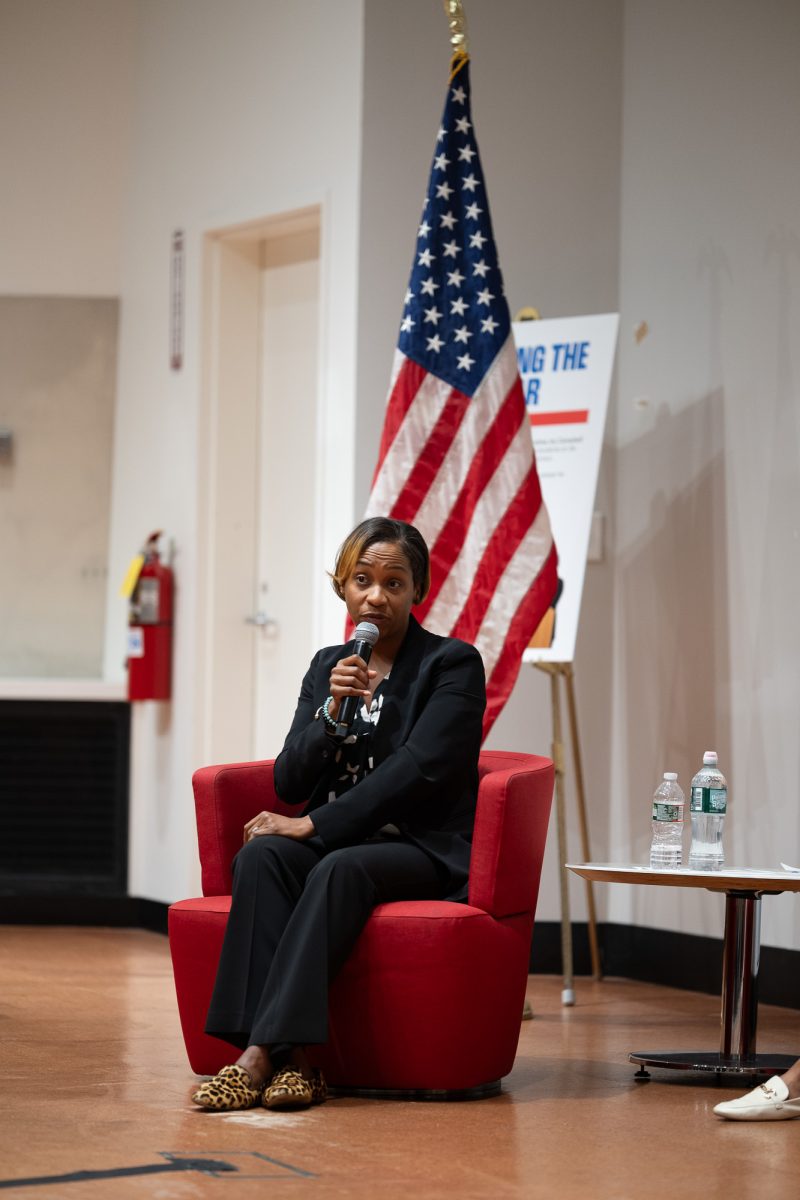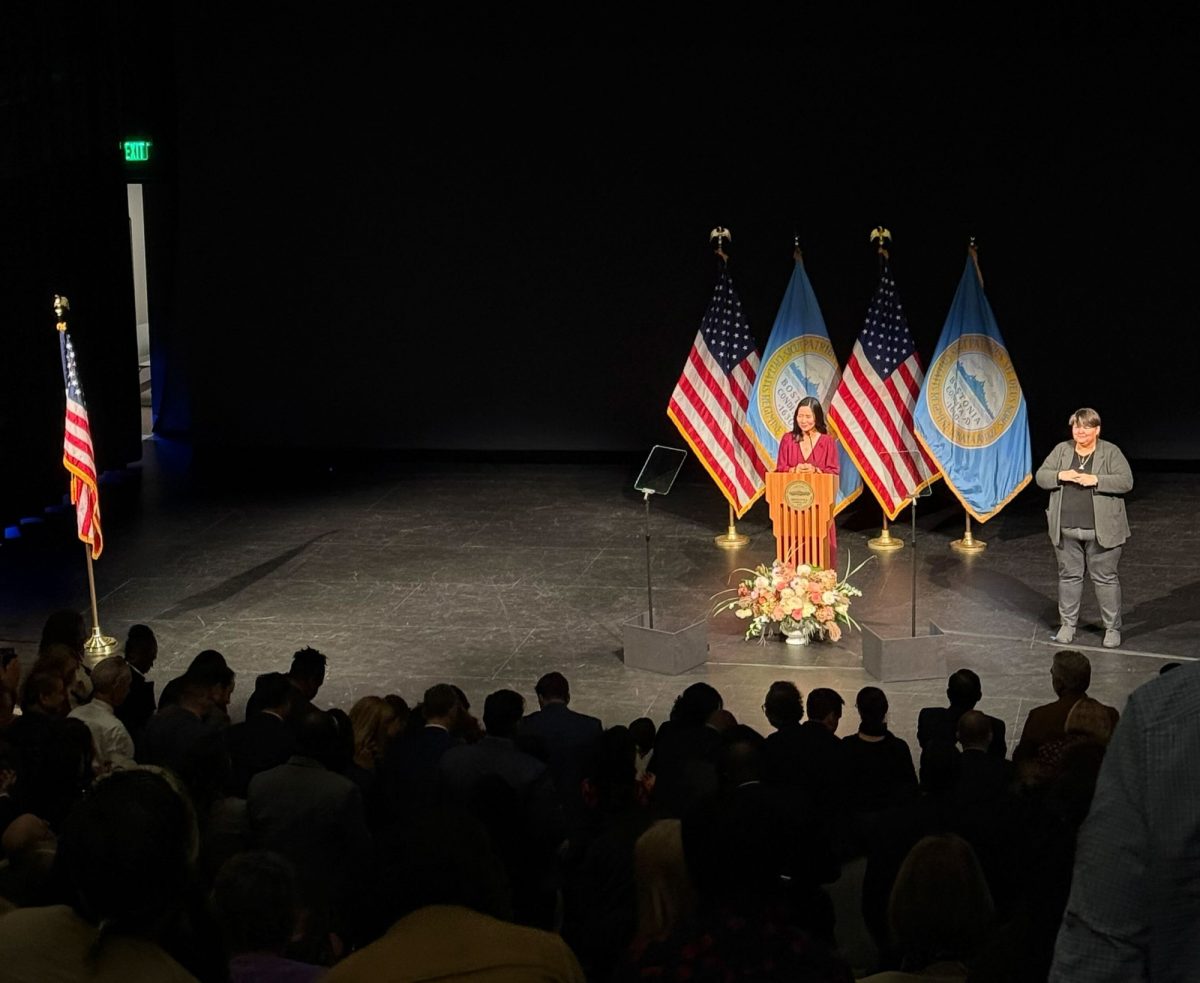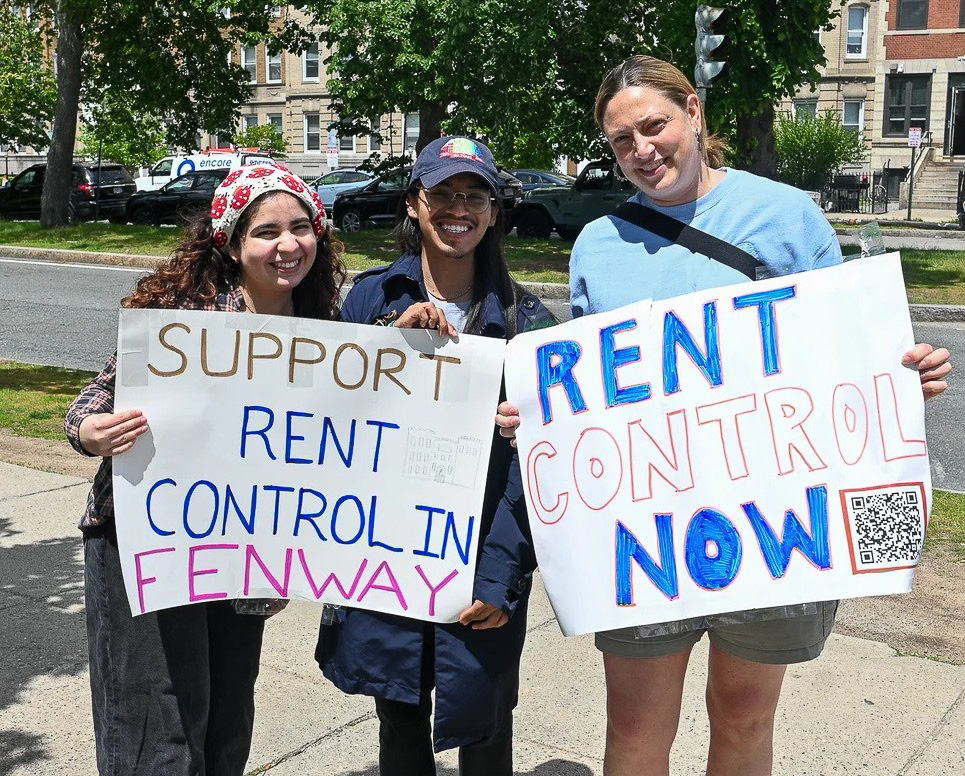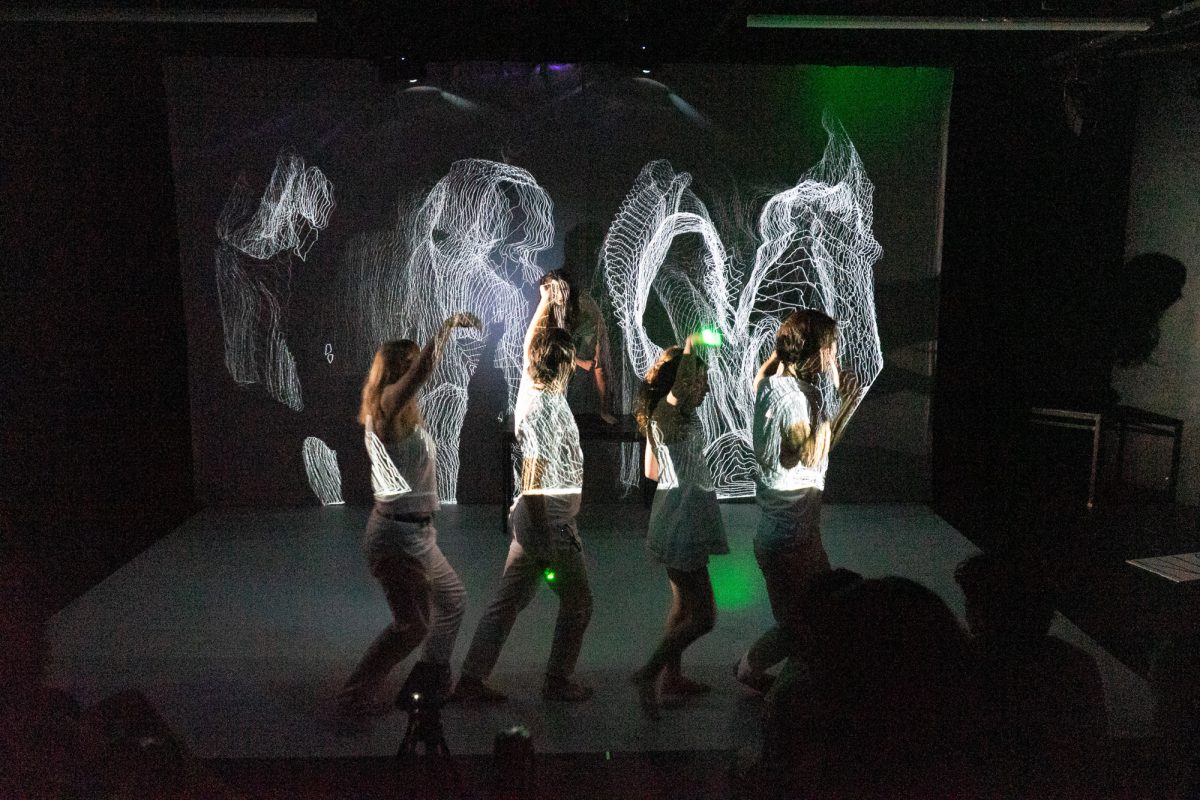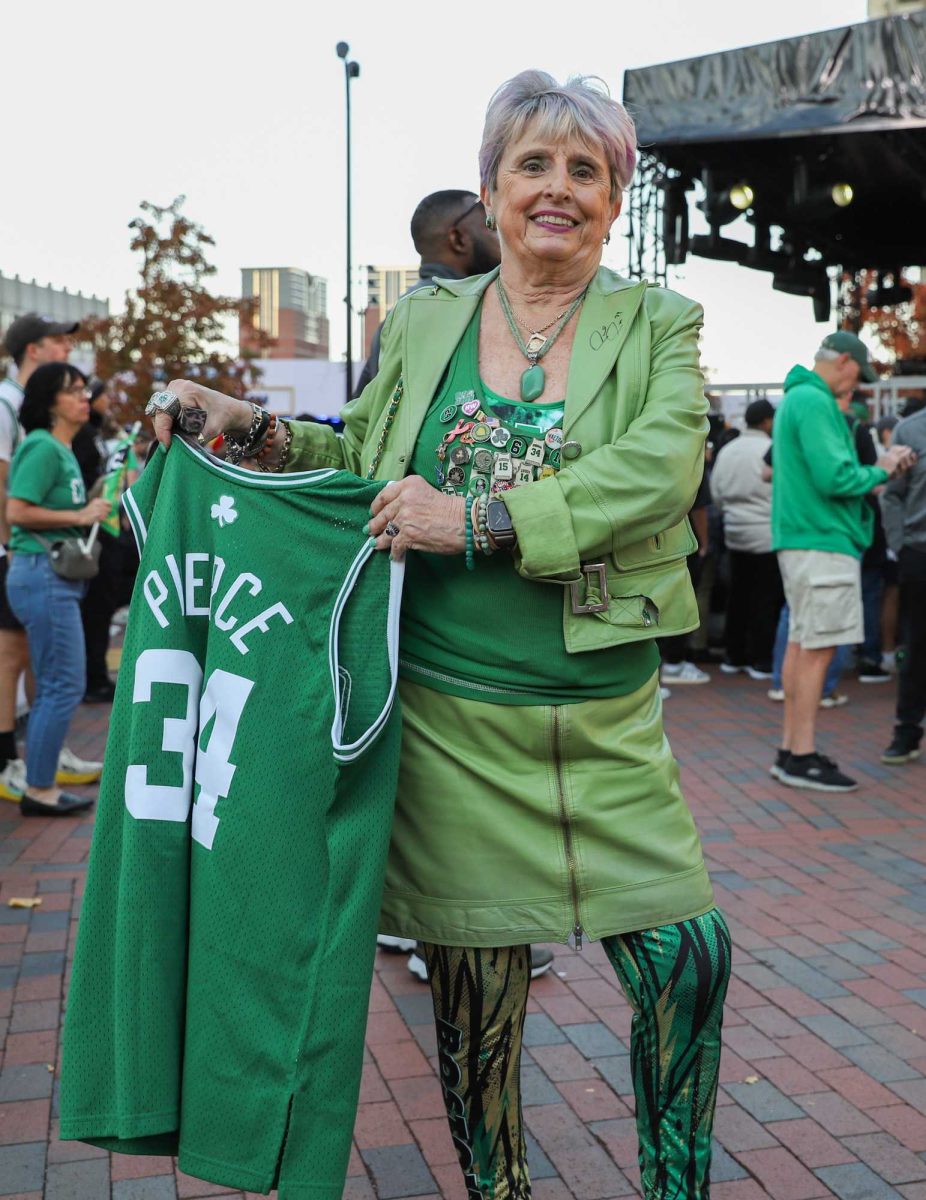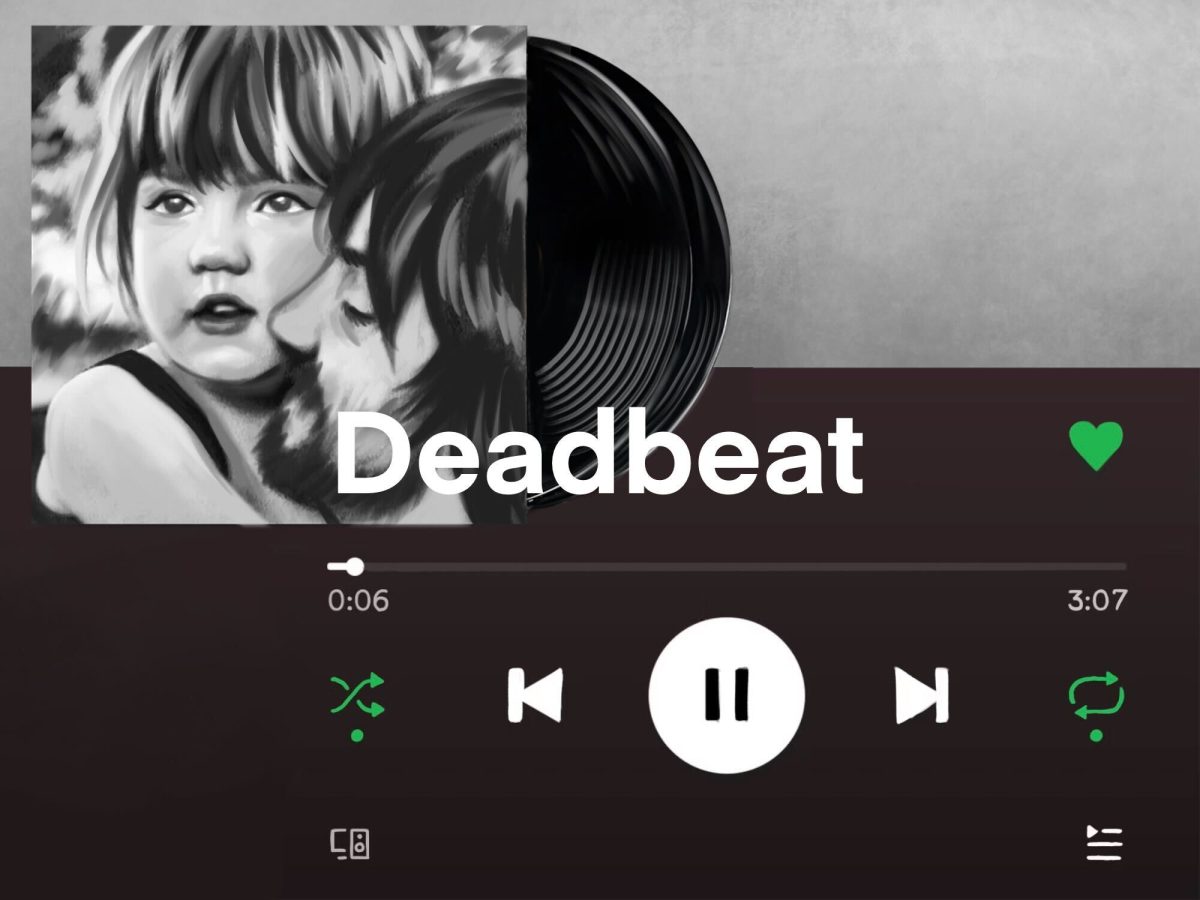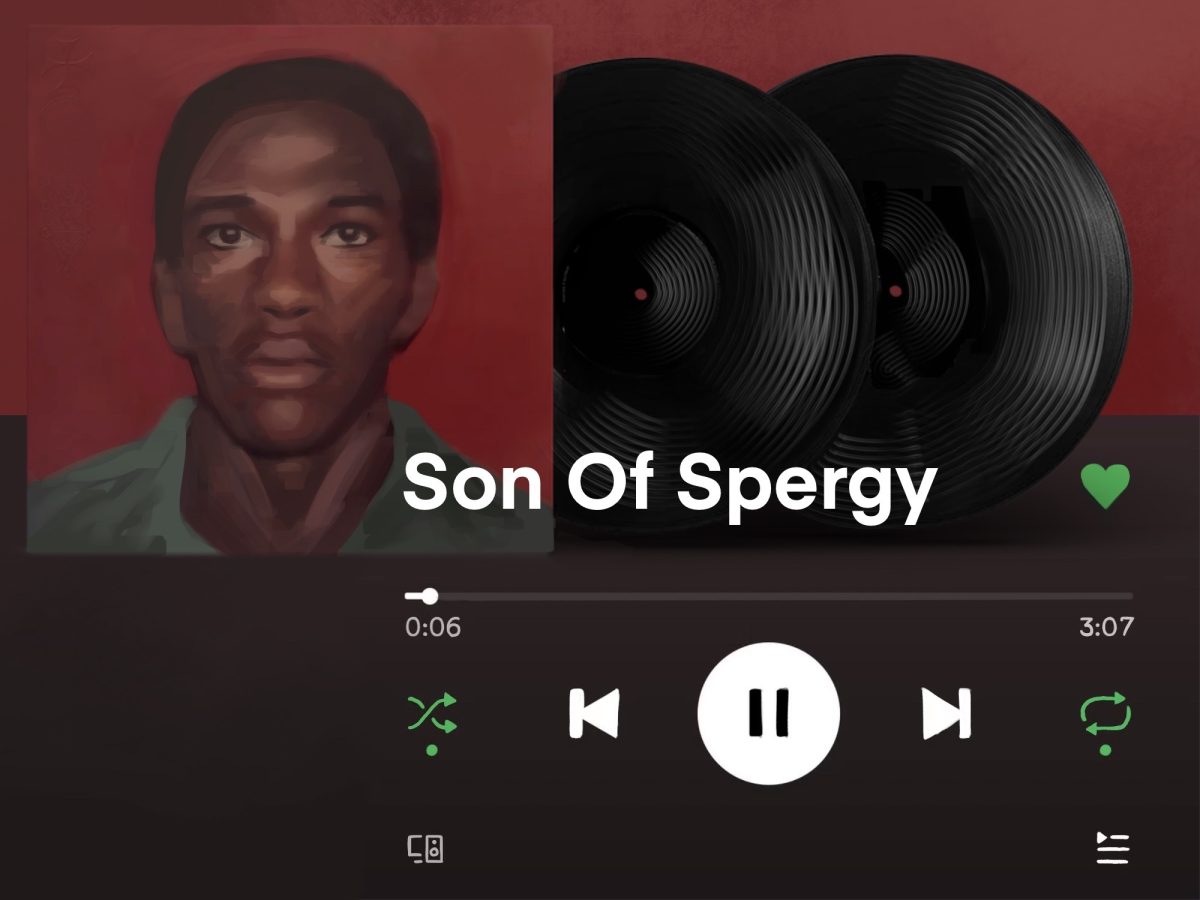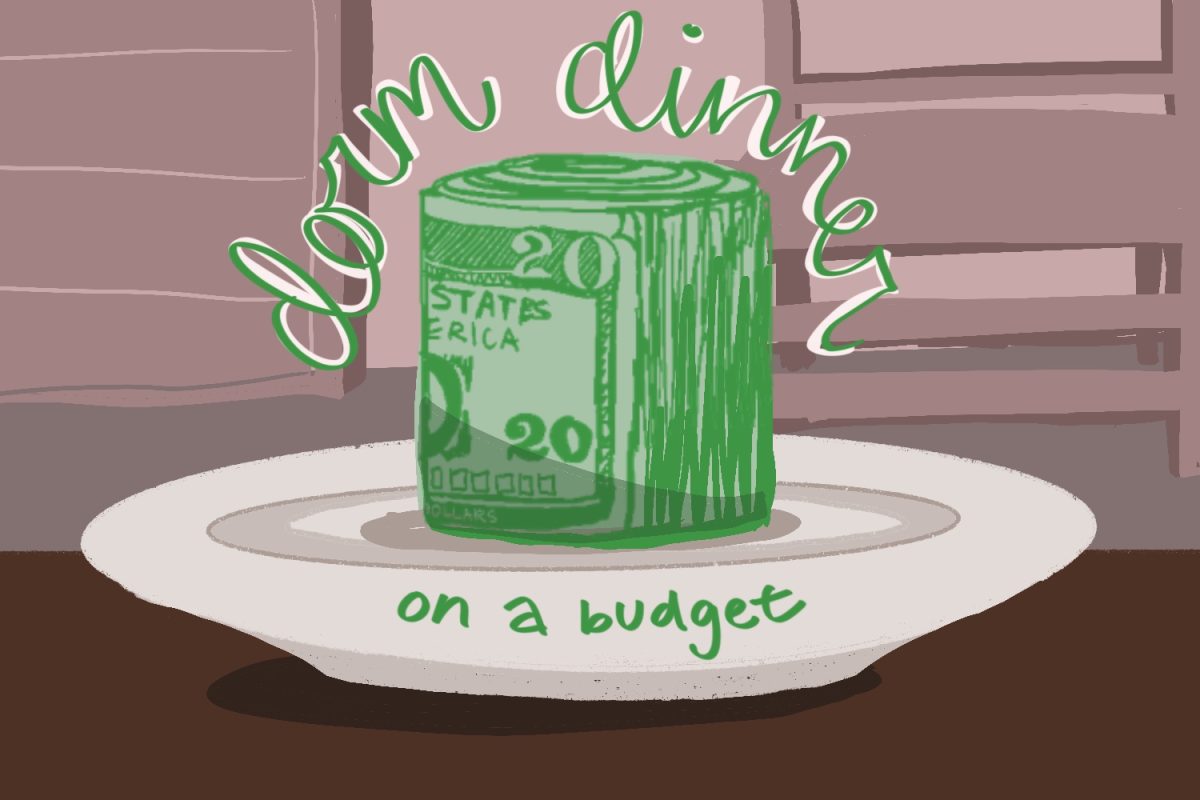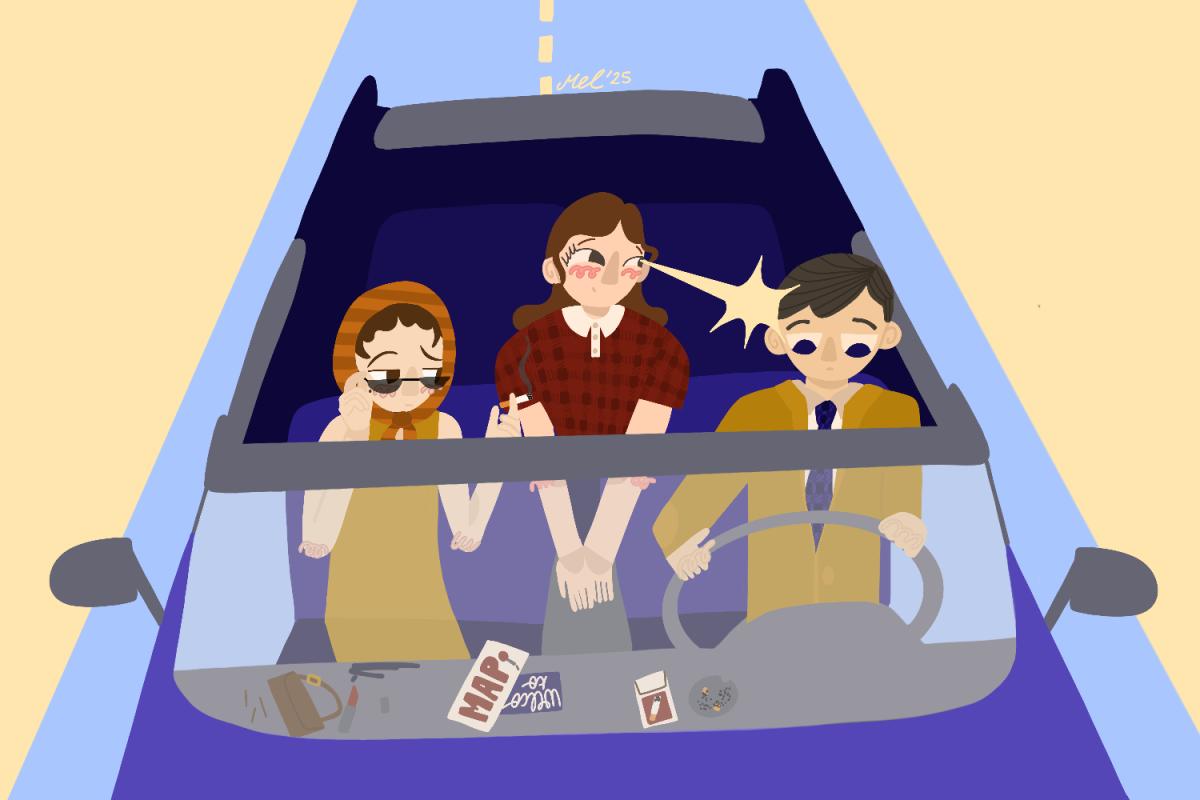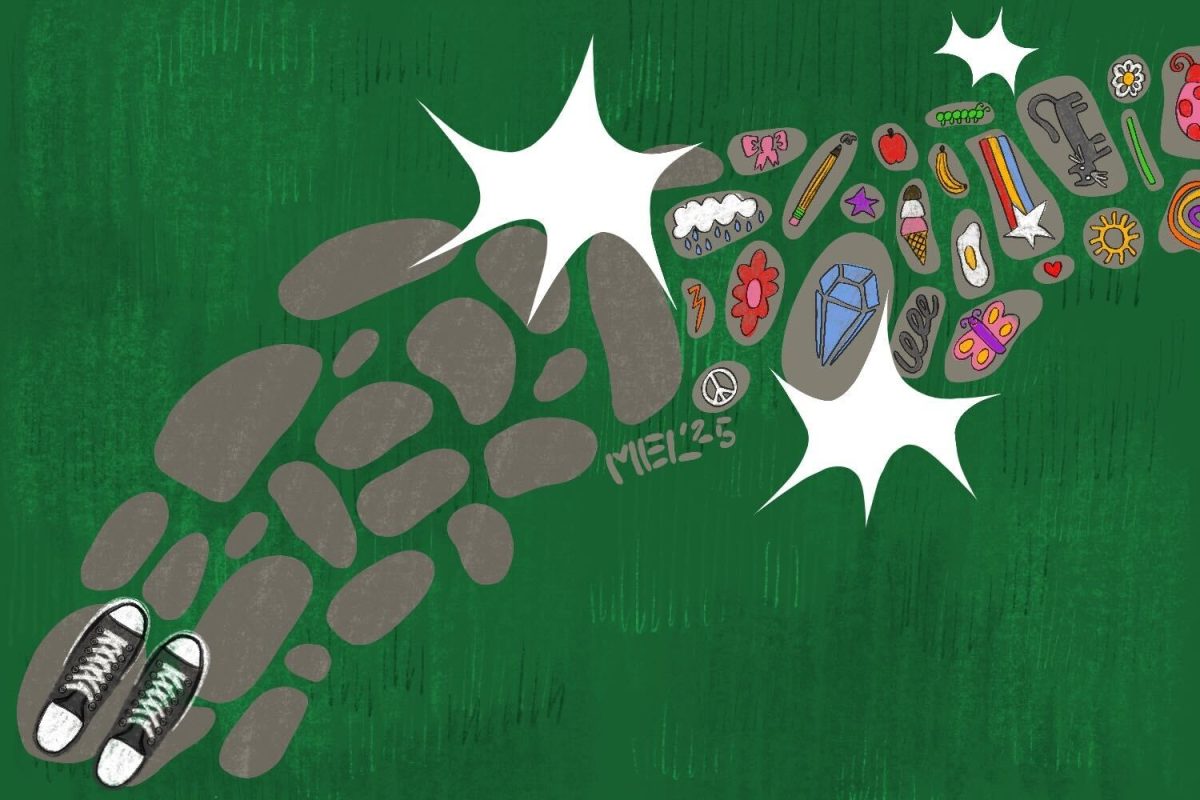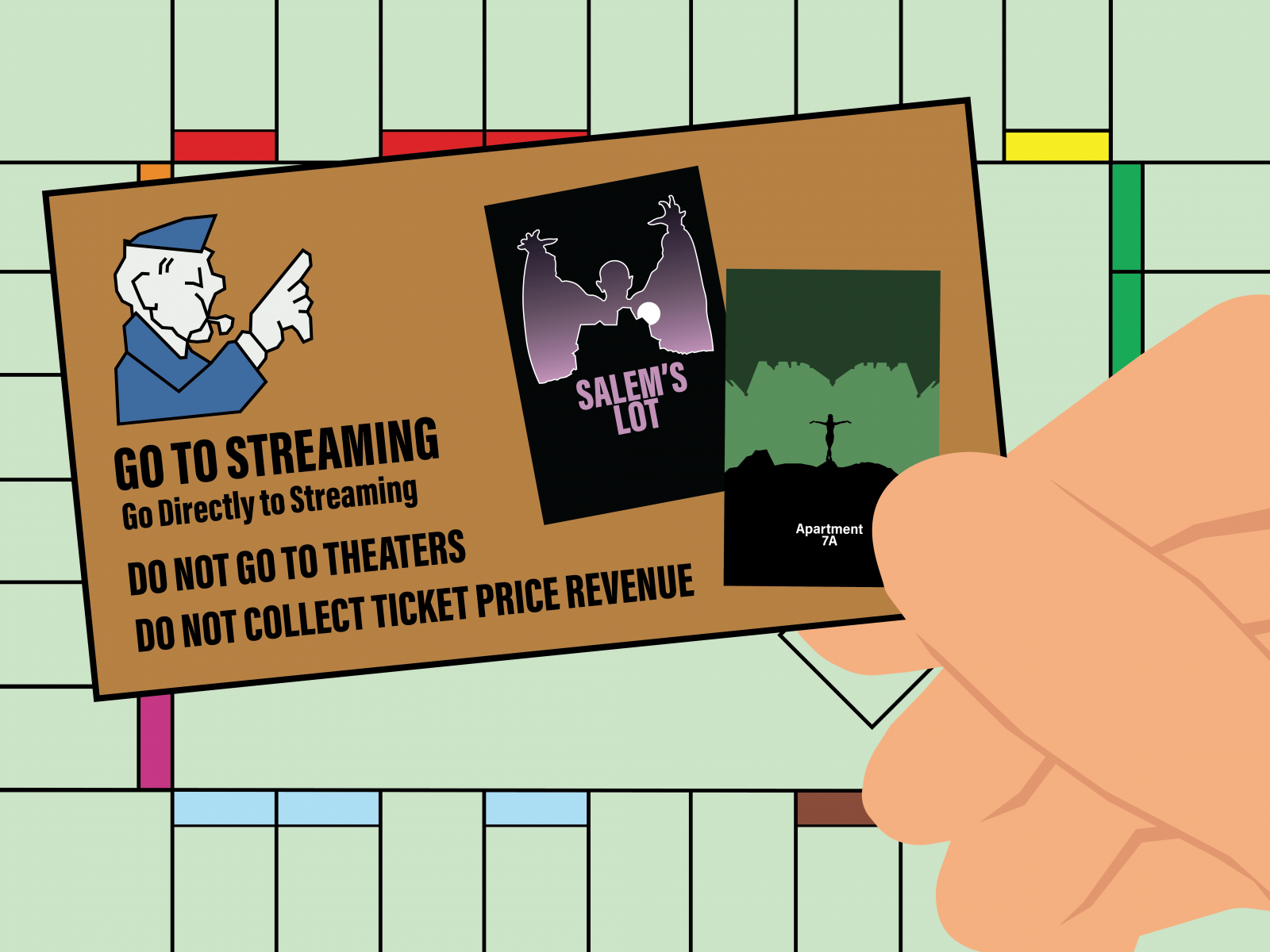It can be widely accepted that a film from Edgar Wright is a guaranteed thrill ride with some kick-ass music. Wright’s latest “Last Night in Soho” is no exception, yet it still falls short.
Co-written and directed by Wright, “Last Night in Soho” tells the story of a young girl named Ellie, played by Thomasin McKenzie, who moves to the Soho neighborhood of London to attend fashion school. As she settles in, Ellie starts to connect to the past via vivid dreams as she struggles to fit into the present. With Matt Smith and Anya Taylor-Joy co-starring, “Last Night in Soho” is a unique ride but maybe too convoluted for its own good.
Ellie’s personality and mental state anchor the film, which revolves around the precarity of her well-being but also about her move from a small town to a large city. With this, “Last Night in Soho” succeeds in depicting the troubles that can arise from trying to grow up, where we want nothing more than to live in the city and do our own thing but fail to consider all that may go wrong.
At first, it seems to be some sort of attempt to analyze and depict the big-move-into-a-big-city agenda. Instead, Wright opts for a bizarre take on such a topic. Bizarre is meant to be a good thing, for Wright has successfully captivated and woven his audience into the story by allowing them to empathize with Ellie as she prepares herself for what is to come.
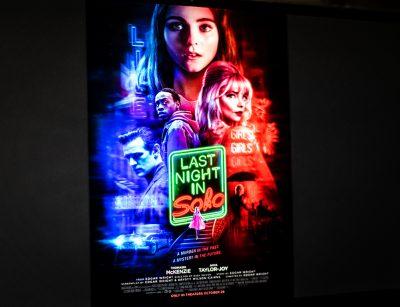
That said, the bizarre nature of the film doesn’t help its case. It would be inaccurate to denote the story as anything too complicated, but it would be sufficient to label it as hectic. From the very aspect of Ellie running through London, being “attacked” by ghosts in her dream, as well as simply living in the past and witnessing cruel events, chaos ensues on-screen, which makes for a conflicted viewing.
Wright wants to embody the mind and manner of Ellie as she slowly unravels while spending more time in London through a hectic film environment. While it may be just what the film requires, it becomes hard to stay focused as a viewer.
Creating a realistic environment in a film is important. The film’s world needs to be depicted as something that is able to be consumed by the viewer. So, when the film’s environment becomes chaotic, such a feeling flows upon the audience. Again, it is understandable that Wright intended this chaos, as he aims to transport us into the mind of Ellie and her surroundings. But there is perhaps an overabundance of both aesthetic and action.
With the emotions shown through the screen, the rather equivocality of “Last Night in Soho” is strong in the feeling of being in Ellie’s shoes. But at the same time, it can feel overdone and exaggerated to extract too much action. Wright is known for his use of exaggerated violence and physicality to parody film tropes. But there seems to be no parody here. Instead, it’s a boiling pot of water with its lid barely hanging on.
With all of this said, “Last Night in Soho” relies heavily on visual elements, making the film one of the best-looking films of the year. Complemented by the impressive acting of the cast — especially Taylor-Joy, Smith and McKenzie — the film worked with a fantastic soundtrack that encapsulated 1960s London and a foreseen twist at the end that blows everything up in flames. However this film attempts to do much more with its subject material than is needed.
A majeure force of young stars, image and sound, “Last Night in Soho” lives up to the spectacle, but underwhelms under its chaotic agenda.


